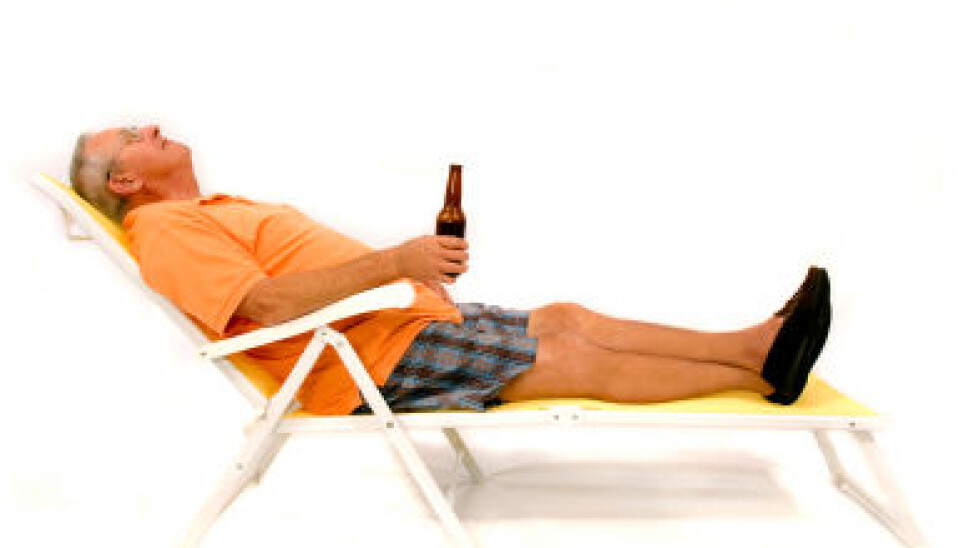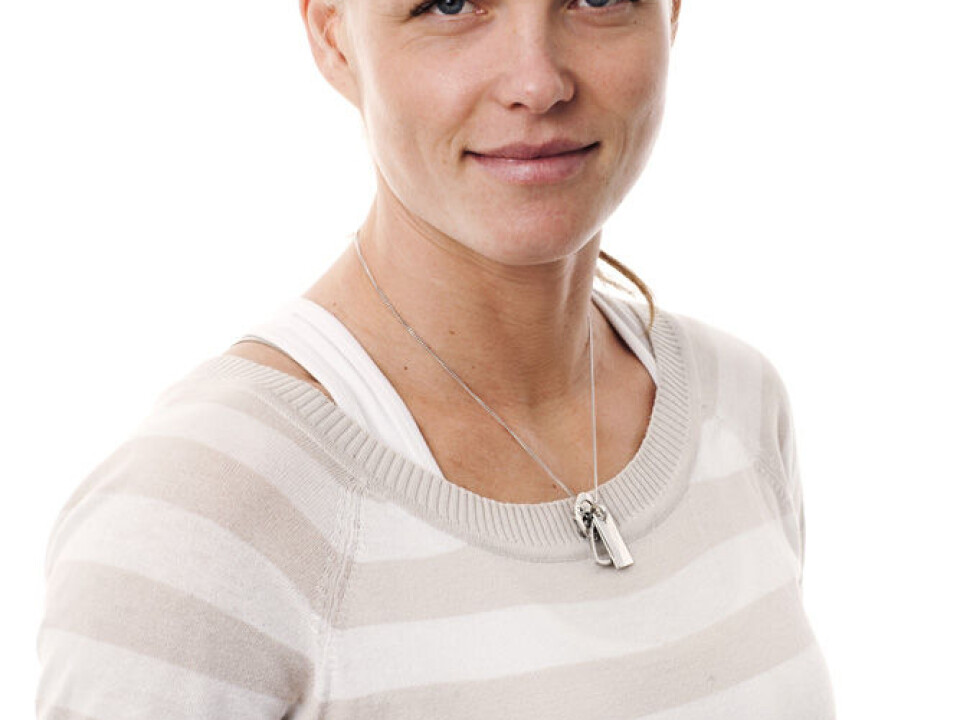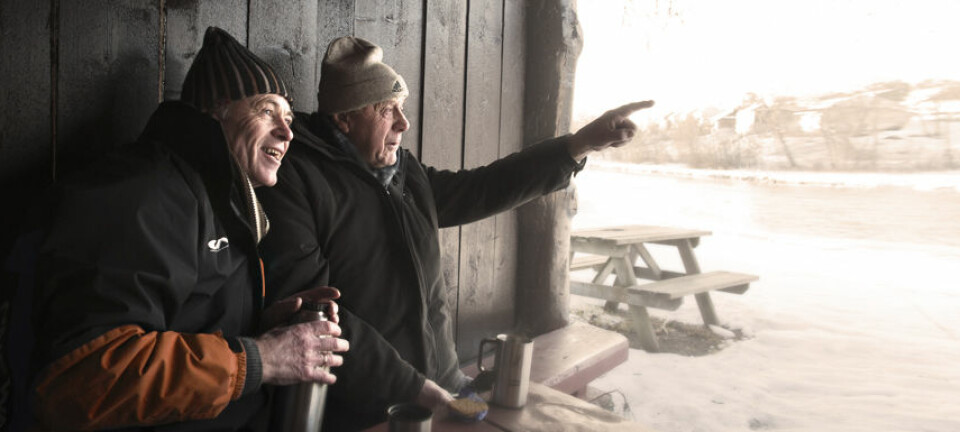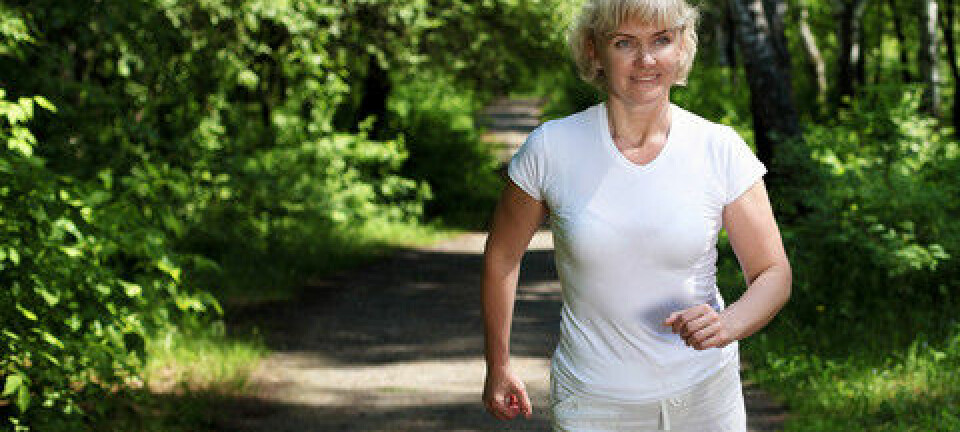
Avert strokes and heart attacks with a walk in the woods
A real work-out is best, but ordinary, low-intensity activities can help keep the dire consequences of a sedentary life at bay.
Swedish researchers say that people over the age of 60 can benefit from activities that are not as demanding as hard training or exercise.
For instance some yard work, repairs of little things around the house or a walk in the woods can help lower the risk of a heart attack or a stroke.
These recommendations from the Karolinska Institute (KI) and the Swedish School of Sport and Health Sciences (GIH) were recently published in the British Journal of Sports Medicine.
Important findings
Researcher Elin Ekblom Bak of GIH is very emphatic about the need for people to be more active.

“In summary, we can say that all activity is good,” says Ekblom.
She considers these findings crucial for the elderly, who often have problems with high-intensity workouts.
“Instead, they make do with what we call everyday exercise,” she points out.
Keep the blood pumping
The participants in the Swedish study over the age of 60 who reported being involved in the most activity on a daily basis proved to have a 27 percent lower risk of heart attacks or strokes.
They also ran a 30 percent lower risk of dying prematurely from all causes, independent of how much additional, harder physical exercise they got.
The scientists compared individuals who reported the most activity with those who reported little activity in their everyday life.
Biological disadvantages of the couch and easy chair
Ekblom Bak says there are biological mechanisms that make a sedentary life a risk factor whereas activity comprises a health factor.
It’s a matter of metabolism and muscle work.
“When we sit still the body consumes very little energy – almost only what the body needs to maintain its basic functions. As soon as we stand up we start using twice as much energy," she said. "We’re talking about several times as much energy expenditure when we engage in low-intensity activities.”
The researchers called the ordinary things we can do in our daily lives "NEPA", for non-exercise physical activities.
“Things happen even faster with moderately intensive activities. But people who are this active will usually only continue for a maximum 30 minutes a day,” says Ekblom Bak, who is also associated with KI, where she is working on her PhD.
“Think instead of activities that people generally have in their daily life that are low intensity, but last several hours. It becomes pretty obvious which types cause the greatest expenditure of energy.”
Sitting still demands a minimum of muscular effort. This affects the production of hormones in our muscles, which in turn interacts with adjacent bone tissue, our skeleton.
“Muscles are not just needed for moving the body. When muscles are in motion, they secrete myokines, proteins which are essential to the function of our organs and systems,” says Ekblom Bak.
Five categoris of activities
In this study, 4,000 individuals in Stockholm aged 60+ evaluated their own levels of activity. For instance they were asked to regularly write down what kind of things they were involved in. Their health conditions were monitored for an average of 12 years.
The study wasn’t based on the amount of time spent being active or tallies from pedometers. Based on the participants’ information, the researchers arrived at five categories of activities that they think promote physical activity, but which aren’t classified as exercise or training.
These activities involve fixing things around the house, various types of work in the garden, washing and repairing the car, bicycling, skiing, ice skating, hunting or going on fishing trips as well as picking berries or mushrooms in the woods.
Several of these activities, especially cycling, skiing and ice skating, can of course be done intensively, depending on how hard a person exerts him or herself.
Beyond such everyday activities, if the elderly are capable of working out at a gym, training for stamina and strength are also very beneficial.
----------------
Read the Norwegian version of this article at forskning.no
Translated by: Glenn Ostling
External links
- Elin Ekblom Bak's profile
- Elin Ekblom-Bak, et.al. The importance of non-exercise physical activity for cardiovascular health and longevity. British Journal of Sports Medicine, 2013, doi 10.1136/bjsports-2012-092038 (abstract)









